Lifting and moving heavy objects on construction sites is harming the health of thousands of brickies and builders to such a degree every aspect of their lives is affected.
Experts at the Health and Safety Executive (HSE) are warning construction workers are picking up injuries and conditions that can stop them working and leave them struggling to stand, walk, or sit down.
HSE inspectors will be carrying out 1,000 inspections in October and November checking how workers are moving heavy or bulky materials.
The law requires employers to prevent the ill health of their workers, which includes injuries to muscles, bones, joints and nerves that can develop over time, known as musculoskeletal disorders (MSDs). However, recent figures show around 40,000 people in the construction industry suffer an MSD each year, which can cause years of agonising aches and pains.
Moving and handling risks should be considered and prevented where possible at the design stage. Once on site and before work starts, employers should talk to workers about controlling existing risks to make sure that the right training, aids and equipment are there to prevent injuries.
If moving and lifting is managed properly, a physical job on a building site should not result in aches, pains and strains which affect every part of workers' lives.
Matt Birtles, principal ergonomist at HSE, said: "Serious aches, pains and strains can affect every part of someone's life. They can struggle to get themselves dressed and undressed, they can be unable to pick up their children or grandchildren.
"They can struggle to sit down and stand up, they can struggle to keep still and move around. The most intimate parts of their lives can be severely affected – they might be desperate to go the toilet but find themselves unable.
"It's not something that many people feel comfortable talking about, perhaps particularly on a building site, but if your back has gone or if you're in agony whenever you move your arms, measures need to be put in place to address the causes."
HSE's head of construction, Sarah Jardine said: "Inspectors are visiting a range of construction sites to check the action businesses are taking to ensure their workers are being protected.
"Everyone involved in construction has a role to play in keeping people safe. Risks must be managed where they can't be prevented, and risk management arrangements must be reviewed frequently to ensure they are effective.
"We want everyone in the industry, from designers to contractors and their workers, to be aware of the risks associated with any moving or lifting task and put appropriate measures in place.
"This is a significant health issue for tens of thousands of construction workers and can lead to a lifetime of terrible aches and pains. The health of workers must be considered when planning construction work so that they can carry out their jobs without fear of injuring themselves, including being provided with the correct equipment to lift safely.
"Thankfully there are measures that can be taken to prevent injuries to muscles, bones, joints and nerves. Doing so is good for workers and good for the construction industry. It's good for business."
Construction News
27/09/2022
HSE Campaign To Tackle Impact Of Lifting Injuries
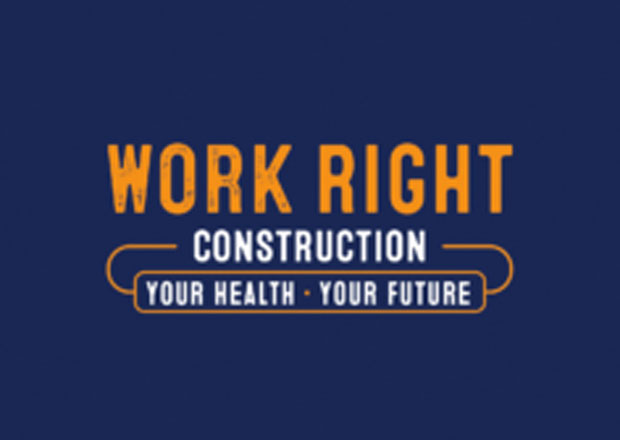
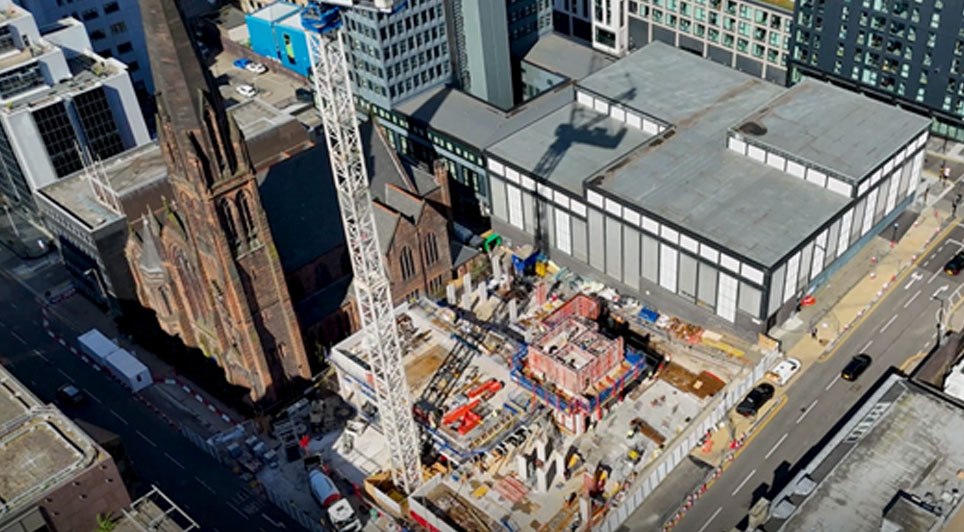
15/04/2025
Construction of a £70 million student accommodation development at 292-298 St Vincent Street in Glasgow has reached a significant milestone, with the building now visibly rising from the ground.
Drone footage has captured the progress of the project, which is a partnership between developer Artisa
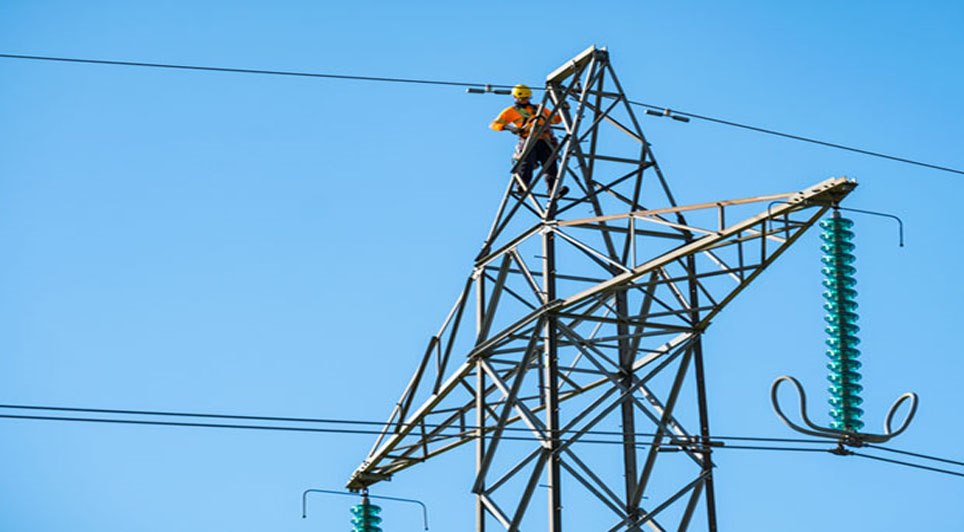
15/04/2025
Energy regulator Ofgem is expected to confirm today (April 15) its finalised Connections Reform process, designed to expedite grid connections for renewable energy projects that are ready and crucial for achieving the UK's clean power targets for 2030 and beyond.
The new connections system, anticip
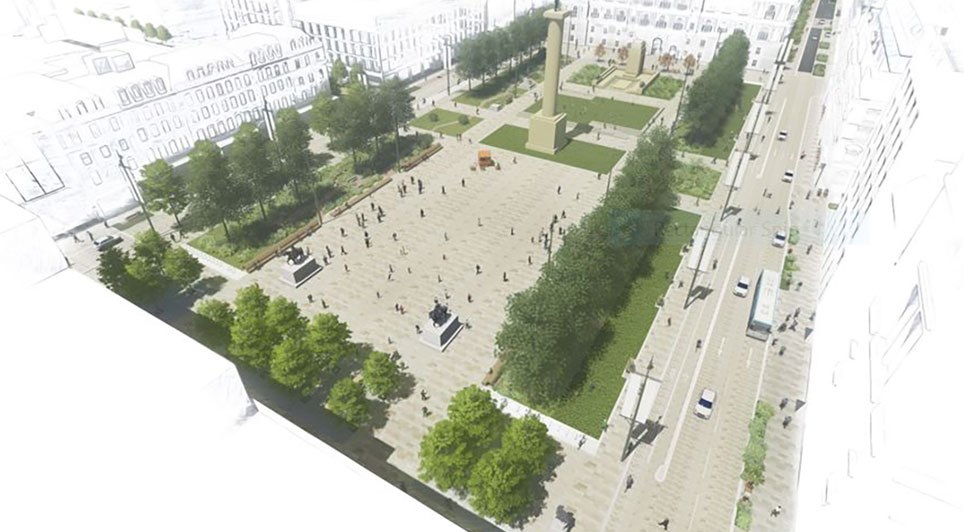
15/04/2025
The ambitious transformation of Glasgow’s landmark George Square has moved into a tangible phase with the commencement of the erection of hoardings around the perimeter of the civic space. Starting today, the hoardings will enclose the Square for the duration of its 18-month redevelopment.
The pane

15/04/2025
Members of the public are invited to attend a consultation feedback event to discuss the proposed infrastructure associated with a new underground electricity transmission cable between the Kinardochy and Errochty substations in Perthshire.
The event will take place on Monday, 28 April, from 4 pm t
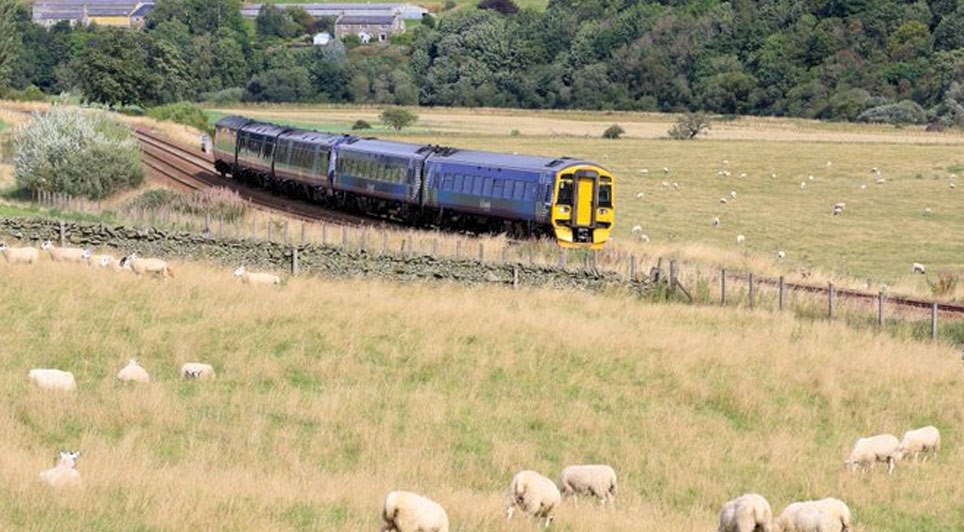
15/04/2025
Turner & Townsend have been appointed as project managers to develop a business case for the potential extension of the Borders Railway beyond its current terminus at Tweedbank to Hawick and Carlisle.
This key appointment will enable crucial work to progress on the project, including feasibility s
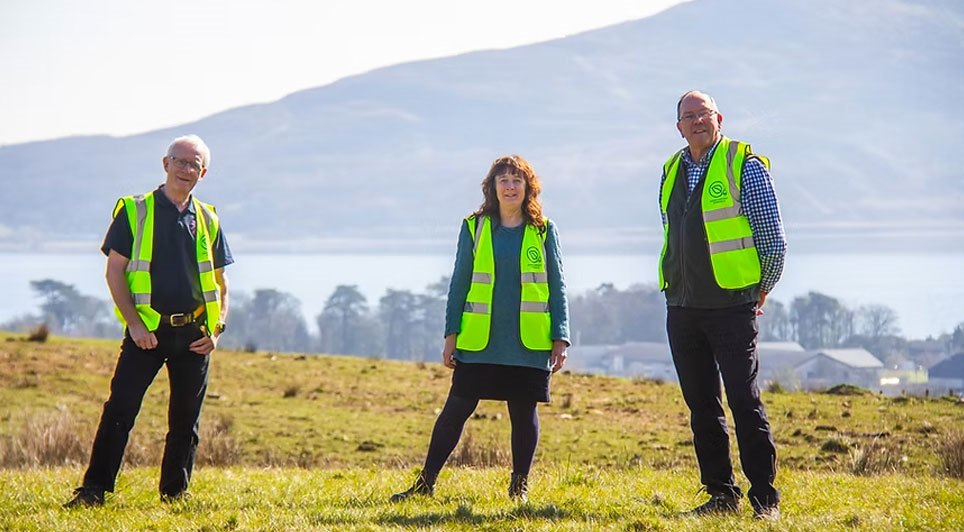
15/04/2025
Arran Community Renewables, a Community Benefit Society based on the Isle of Arran, has secured planning consent for a 6 MW solar farm. The Glenkiln Solar Farm, located approximately 1km west of Lamlash, is projected to generate 5,600MWh of clean renewable energy annually from 2027.
The £5 million
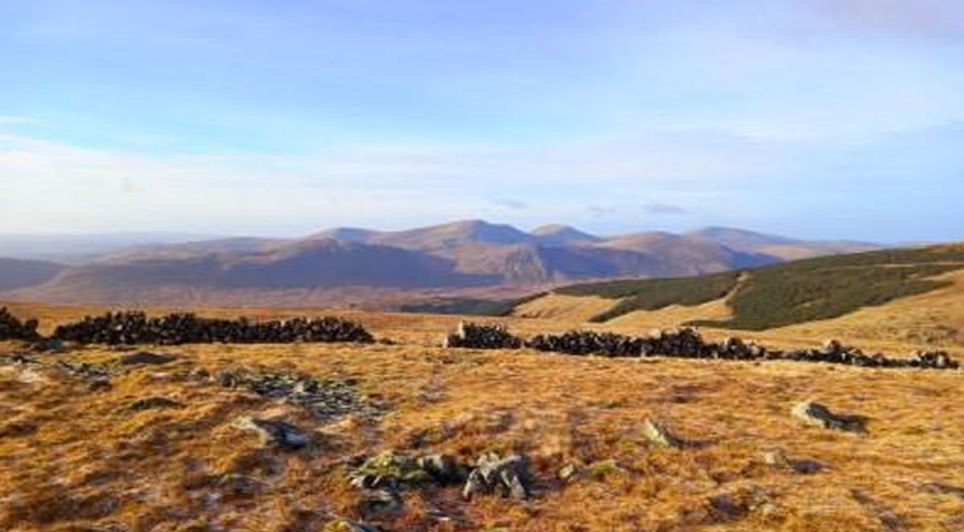
15/04/2025
A new Route Map has been published by the Scottish Land Commission (SLC) to ensure communities across Scotland secure tangible and long-lasting benefits from nature restoration projects and investment in the country's natural environment.
The practical guide is designed for landowners, developers,
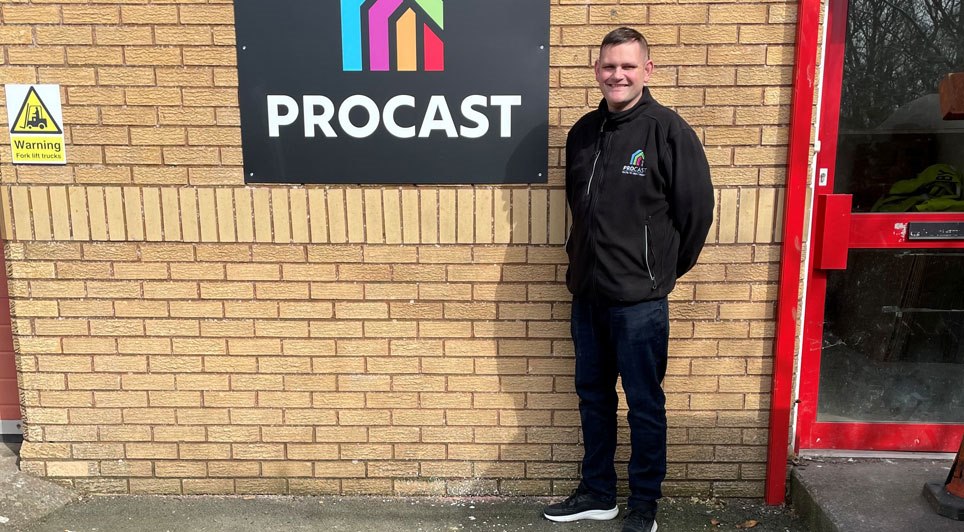
15/04/2025
Award-winning principal contractor Procast Group has further expanded its presence across Scotland with the opening of a new base in Dumfries. The Hamilton-based firm has invested £30,000 in a new warehouse and office facility in the Maxwelltown Industrial Estate in Dumfries and Galloway, marking it
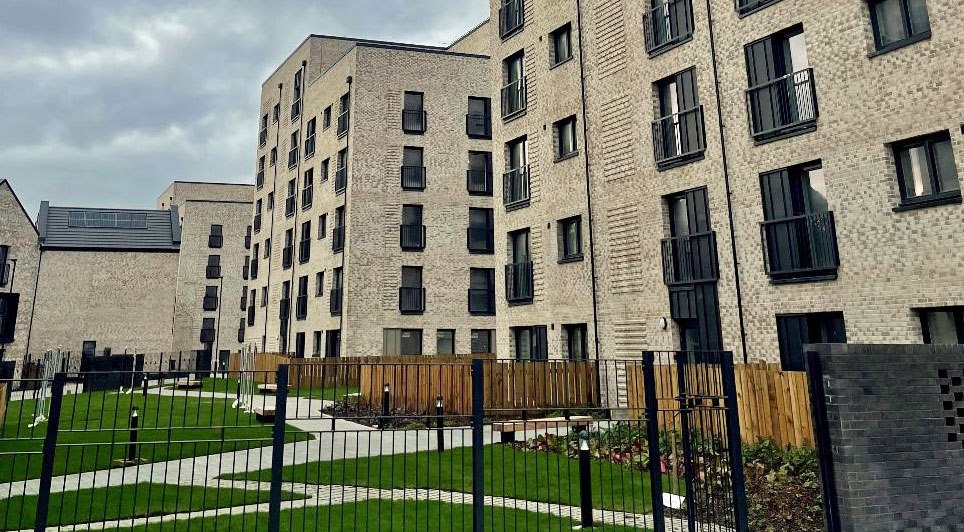
14/04/2025
Glasgow City Council's Affordable Housing Supply Programme (AHSP) facilitated the completion of over 1,000 new affordable homes in the city during the past year, despite facing budgetary reductions at the start of the financial year.
The initial grant of £78.687 million from the Scottish Government

14/04/2025
A key phase of Scottish Water's £11.5 million project to upgrade a strategic rising sewer main connecting Renfrew and Glasgow is set to begin, resulting in a significant road closure.
From Monday, 28 April 2025, Ferry Road in Renfrew will be closed to all vehicular traffic for a period of four mont
 Scotland
Scotland UK
UK Ireland
Ireland London
London











